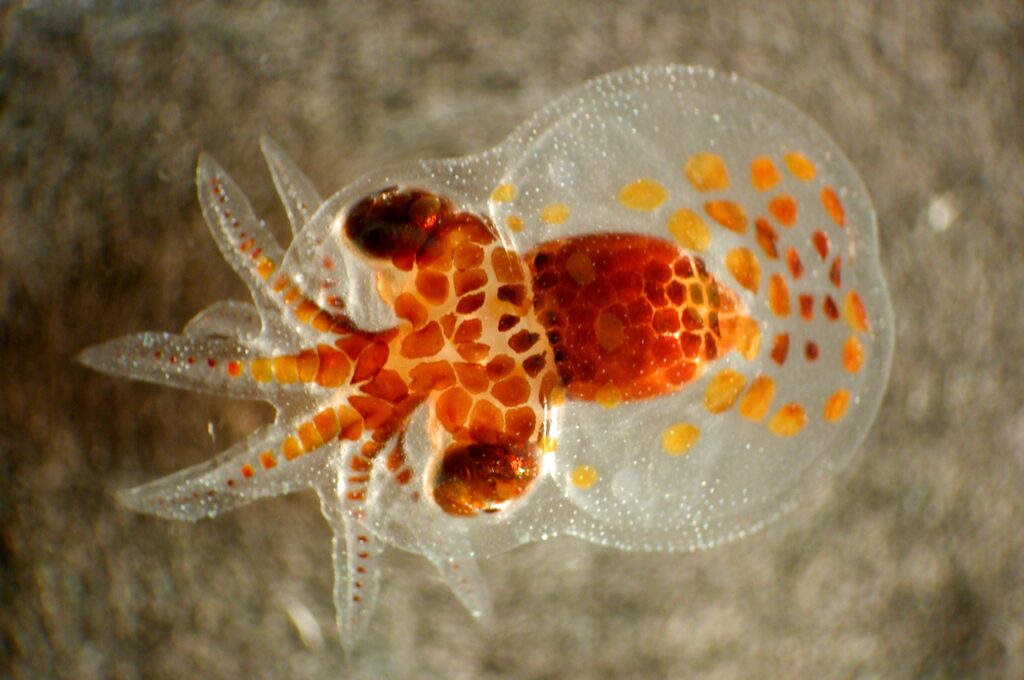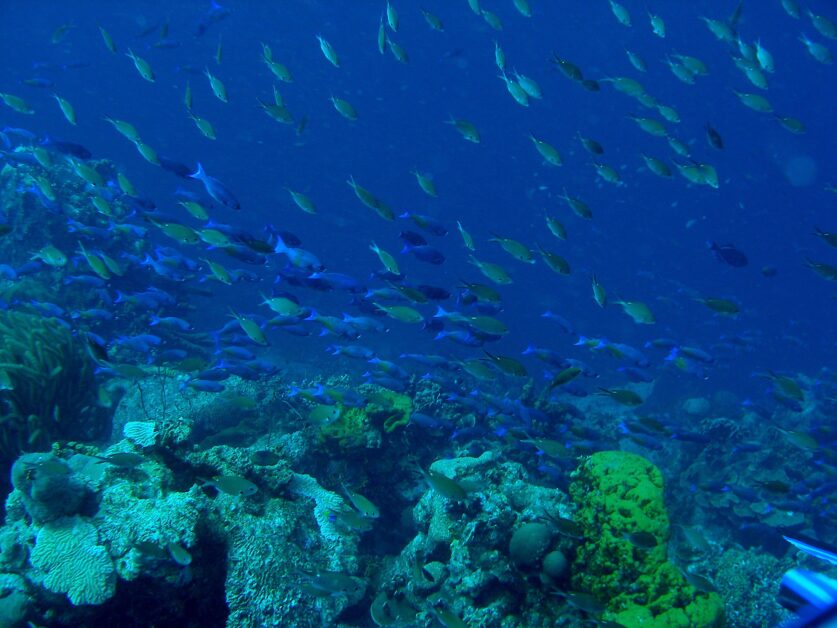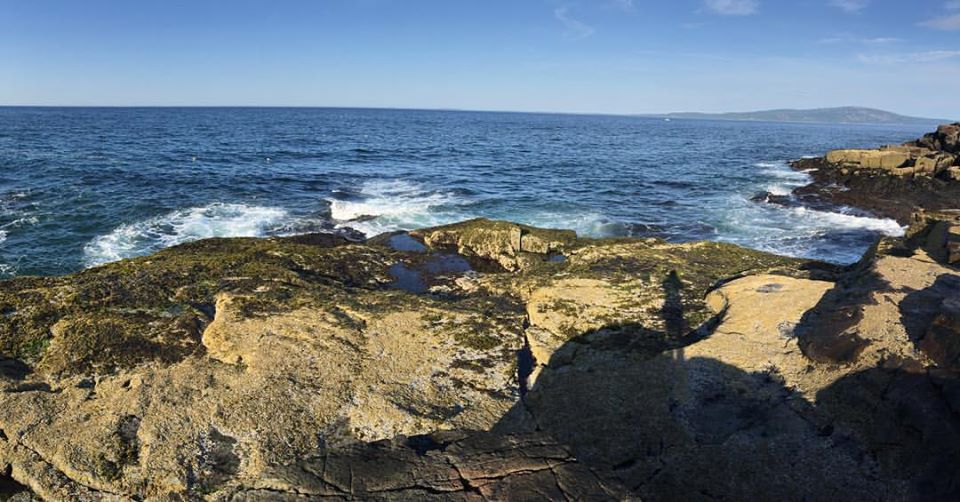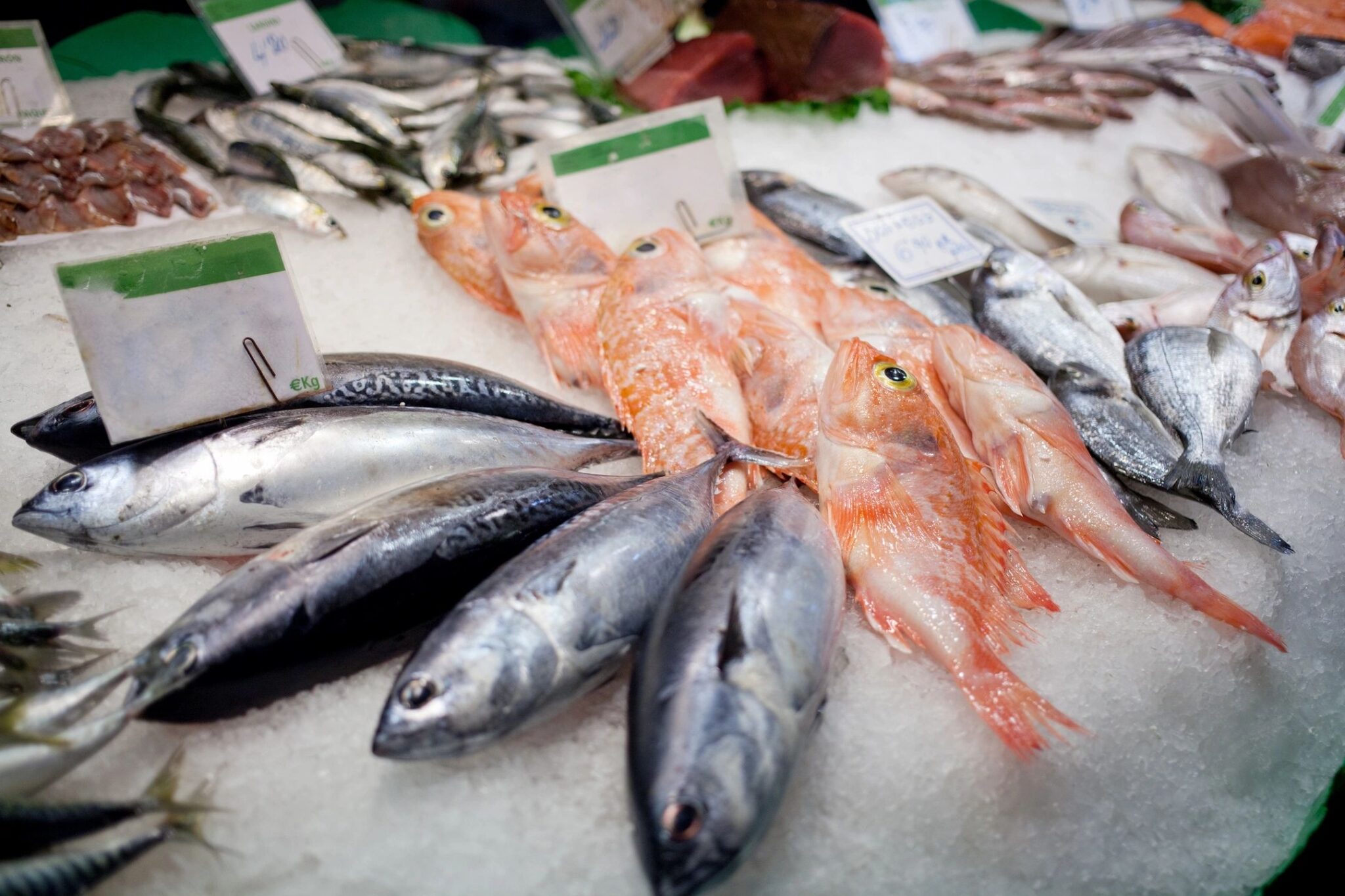Every night, tiny animals called zooplankton migrate from the deep sea to the surface. Just before sunrise, they return to the ocean depths, just beyond the reach of the sun. Let’s find out why.
It’s almost the time of year where migratory creatures like Canada geese and monarch butterflies take to the skies and head south to their warmer winter homes, only to return come spring. But did you know that in the ocean, this same sort of cycle takes place every single day?
Each night in oceans across the planet, zooplankton (plankton that are animals rather than phytoplankton, which are plants) rise hundreds of feet to the surface within an hour of when the sun goes down. Just before sunrise, they swim back down into darker, deeper and safer waters just beyond the sun’s reach, known as the “twilight zone”.
Scientists aren’t exactly sure why zooplankton do this, but the main theory is that these migrators use the darkness to avoid being spotted by predators as they feed. Another theory posits staying in cooler, deeper waters allows the plankton to maintain energy levels throughout the day.
This daily migration was first documented by scientists more than 200 years ago, and it’s since been explored in thousands of studies. But groundbreaking new research has discovered that even smaller migrations to and from the surface take place over and over throughout the day, when clouds create a cover of darkness that’s practically imperceptible to humans.

A night-and-day difference
The researchers on this study — Drs. Melissa Omand, Deborah Steinberg, and Karen Stamieszkin — took an interdisciplinary approach in documenting these “mini-migrations”. Omand, lead author and a researcher at the University of Rhode Island, contributed an oceanographer’s perspective, while Steinber and Stamieszkin provided ecological context for this plankton phenomenon.
During a research excursion in the northeastern Pacific Ocean in 2018, the scientists documented consistently overcast and drizzly weather conditions for the entire trip. But it was a different story for plankton just beneath the surface, as shown by a radiometer, which measures sunlight at the ocean’s surface, and another device that could detect plankton in the water. When cloud cover reached conditions that the zooplankton found ideal, they rose to the surface. When the cloud cover became less thick, letting more sunlight reach the ocean’s surface, plankton retreated to lower depths.
After creating a model from the data collected on the 25-day research cruise, Omand found that plankton responded to changes in brightness as low as 10%. What barely registered as a change in weather for human observers made all the difference for zooplankton, triggering a response to either come closer to the surface or to hang back.
Migration for the masses
While most of us think of birds or perhaps larger animals like caribou when we hear the word “migration”, scientists consider the daily ocean journeys at sunrise and sunset to be the largest migration on earth, not only because of the sheer number of organisms moving, but the distance they’re traveling in relation to their size.
“For creatures this small—many the size of a rice grain—a daily migration of 900 feet is like you and me walking 25 miles every day to and from breakfast,” says Steinberg, who has studied zooplankton migration for the last 30 years.
Add the repeated jaunts throughout the day to that figure, and the migrations become all the more impressive. Though the mini-migrations are much shorter than the daily trips at dawn and dusk, they account for more than a third of the distance zooplankton travel at night and in the morning.
Tiny organisms, big impact?
Since this study uncovered a brand-new phenomenon, it’s presented a few avenues for further exploration. It’s still unclear why zooplankton go to all this effort to move around so much throughout the day, since it not only expends energy but may also increase their risk of being spotted by predators. Researchers are also questioning whether other organisms participate in “mini-migrations” that we may have never noticed before.
But there’s another mysterious angle of these migrations that could affect us all: a potential impact on greenhouse gases. The more zooplankton move about throughout the day, the more energy they require, meaning they can help reduce carbon dioxide in the atmosphere.
Here’s how it works: Phytoplankton near the ocean’s surface consume carbon dioxide. Zooplankton — the migrators — then eat phytoplankton and travel down with that excess carbon dioxide, releasing it deep in the ocean. At that point, this greenhouse gas is trapped in the depths of the sea and doesn’t contribute to climate change.
Scientists are still unsure whether this “biological pump” of carbon dioxide has a significant impact on curbing climate change, but they are hopeful it might. More research is needed to answer these questions.
“It just goes to show how little we still know about the ecology and behavior of organisms in the deep sea,” Steinberg says.
This study was published in the peer-reviewed journal Proceedings of the National Academy of Sciences.
Learn more about plankton
Plankton Predict Red Sea Fishing Success
Why Citizen Scientists Study Phytoplankton in Antarctica
Megabiota, Largest Life, Vital to Biosphere
Reference
Omand, M. M., Steinberg, D. K., & Stamieszkin, K. (2021). Cloud shadows drive vertical migrations of deep-dwelling marine life. Proceedings of the National Academy of Sciences, 118(32). https://doi.org/10.1073/pnas.2022977118
Featured photo: Many fish species survive by eating tiny zooplankton that drift over the reef. Studies have shown that these fishes can have a measurable effect on the numbers of zooplankton on the downstream side of the reef. Photo credit: NOAA’s Coral Kingdom Collection, Bonaire 2008: Exploring Coral Reef Sustainability with New Technologies.; NOAA/OAR/OER. CC by 2.0

About the Author
Mackenzie Myers Fowler is a science writer, avid knitter, and former field station ragamuffin. She holds an MFA in nonfiction writing but would be a soil scientist if she could do it all over again. She lives in Michigan with her husband, her cat, and a plethora of houseplants.




